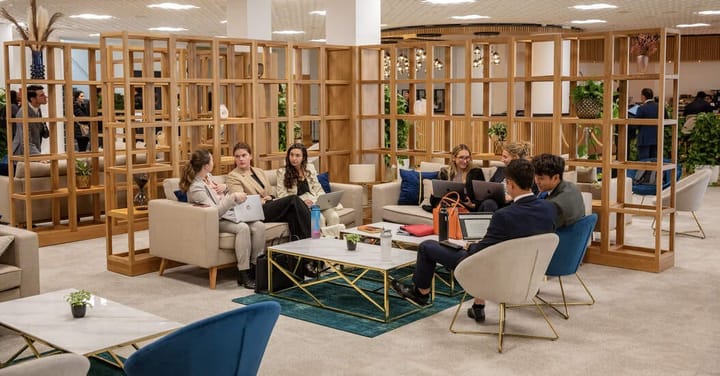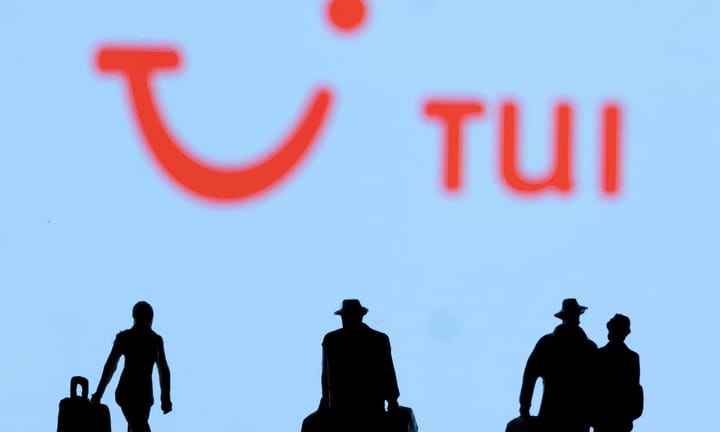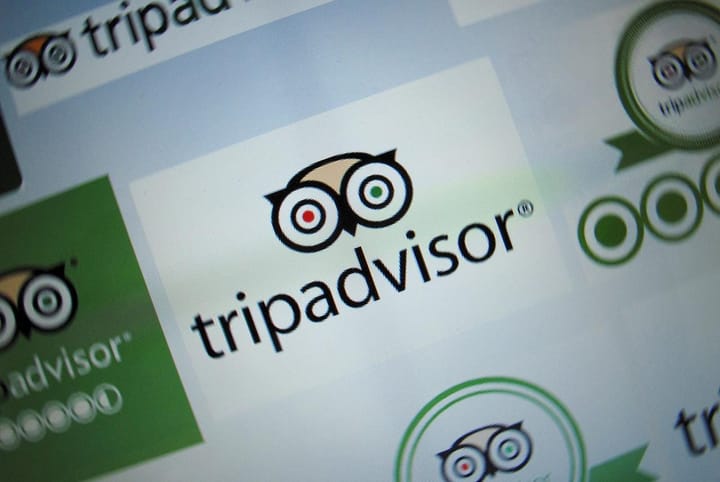Four Points by Sheraton Survey Reveals Mobile Device Habits of Business Travelers Worldwide: Left to Their Own“Devices, Road Warriors are Pros at Connecting on the Road


(Stamford/Connecticut, USA – August 21, 2012) When today’s road warriors hit the trail, they are armed with three or four mobile devices to help them stay connected to office and home. They are more inclined to carry a tablet than a laptop. And, when these business travelers communicate with the home front from their hotel room, they are most likely do so with a video chat. These are among the results of a hotel business and technology study commissioned by Four Points by Sheraton, a Starwood Hotels and Resorts Worldwide brand.
The survey polled a total of 6,000 business travelers globally, 1,000 each from the United States, the United Kingdom, China, India, Germany and Brazil. Four Points, with the second largest brand pipeline in the Starwood portfolio, is growing rapidly across nearly 30 countries and carefully monitors the needs and habits of business travelers as part of its commitment to remain “best for business.” Four Points is perfectly positioned to help keep business travelers connected, offering fast, complimentary WiFi in public spaces at all of its hotels around the world. Complimentary in-room Internet access is also provided across the entire North American division.
Brian McGuinness, Starwood’s senior vice president, specialty select brands, commented, “The Four Points study contains compelling results, including evidence that trends such as staying in touch with family via video chat – preferred even over email, text and phone – are accelerating.” McGuinness continued, “The study affirms that the Four Points brand is meeting a continued need by offering complimentary WiFi or in-room Internet access, and by continuing to expand bandwidth throughout the portfolio. We know what our business travelers want and we don’t nickel and dime them – we just deliver it.” Among the key findings:
How business travelers connect
- They travel with 3-4 mobile devices. The majority (55%) of respondents bring three or four devices with them on the road. This is true across all nationalities. Brazilian respondents were more likely than others to juggle five or more devices while traveling (27%), while Germans were the least device-dependent, with 33% reporting they travel with only one or two.
- Smartphones are their #1 device. What three or four devices are respondents likely to bring? Smartphones are tops (74%), followed by tablets (65%), music players (43%) and laptops (32%). Chinese respondents were the only group to bump laptops out of the top four, in favor of cameras (30%).
- Business travelers are glued to those smartphones. After landing, the majority (54%) turn on their smartphone while the plane is still taxiing on the tarmac, while 12% — ahem — never turn it off in the first place. The remaining respondents wait until they’re in the terminal or settle into their taxi/car (17% each).
- Checking their smartphone is also the first thing respondents do when they wake up in their hotel (36%). Only 19% turn on the TV first and 18% take a shower. Checking Facebook (12%) ranks fourth, while checking Twitter and calling home share a distant fifth (7%).
- Tablets beat laptops. Nearly seven in 10 respondents (68%) use their tablet more often than their laptop, and accordingly a similar number (69%), if told they could take only one of the two on the road, would choose to travel with their tablet.
Why business travelers connect
- To keep up with email. For most respondents, the primary purpose of traveling with mobile devices is to keep up with email on the road (90%). This is followed by internet browsing and social networking (75%), and maintaining communication with the office (73%). Least popular: reading a book (43%).
- In addition to all their hand-held technology, the majority of respondents report that they have visited a hotel business center (66%). They mostly do so to print business items (93%). They are also inclined to use the business center to print personal items (87%), check social networking (87%) and check email (86%).
- To stay abreast of the news. Overall, respondents are likely to subscribe to 4-7 RSS news feeds (46%), although respondents from India are more likely to subscribe to only 1-3 (55%). Reuters is by far the most popular news feed at 21%, followed by the BBC (15%) and The New York Times (7%).
- To make their lives easier. More than 60% of total respondents believe that traveling with technology makes their lives significantly easier and more convenient. However, the majority of German respondents report their lives are only somewhat eased by technology (53%), and 14% of Germans believe it makes life harder.
Business travelers’ communicating style
They

and LOL! Most respondents report they use emoticons (72%) and shorthand (77%) in their daily texts and emails. They do consider shorthand inappropriate when applying for a job (84%), sending condolences (67%) or emailing their boss (66%), but less so when emailing their mother-in-law (38%).
For friends and family, nothing beats face time. To communicate with family, friends and loved ones back home, the majority of business travelers prefer to video chat/conference (67%) versus sending an email or picking up the phone (47% each). Instant messaging or texting is the least popular means (37%). Almost eight in 10 get dressed, do their hair and make-up before a video chat/conference. Chinese travelers are the most inclined to primp (85%) while Americans are the least (71%).
NSFW? Intriguingly, the majority of respondents report that when they’re traveling, their spouse/partner is more likely to surprise them with a sexy video chat (56%) than have flowers delivered to their room (17%) or mail them a card (12%). Brits and Americans have a slight edge on this particular perk (61% each), while Brazilians are more likely to be left out in the cold (44%).




Comments ()